7 Tips to Know About Top Things to Know Before Buying Easy Indoor Plants
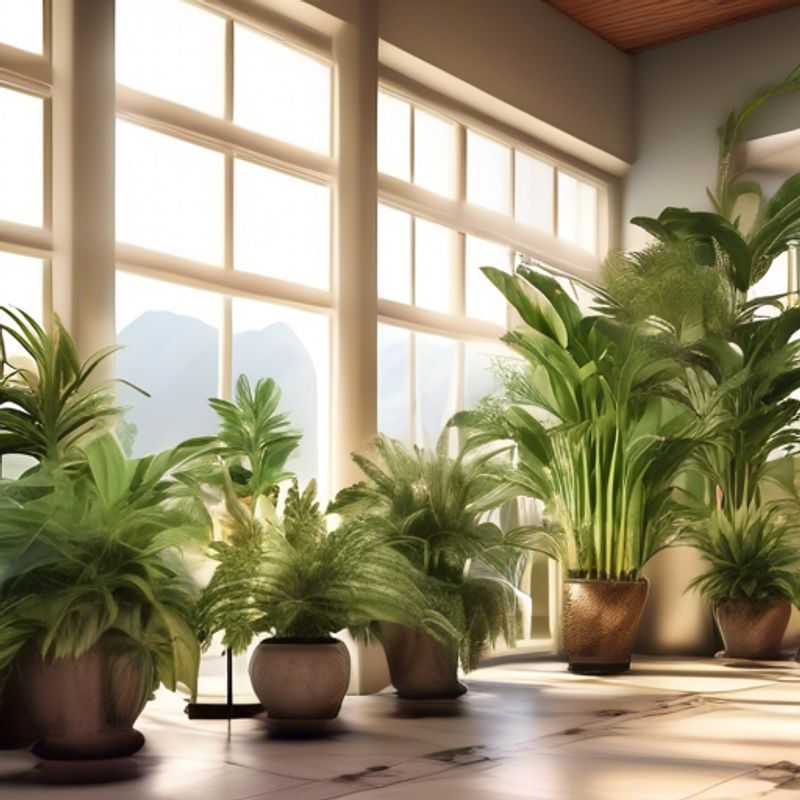
7 Essential Tips to Know Before Buying Easy Indoor Plants
Bringing the beauty of nature indoors is a wonderful way to brighten your space and boost your mood. But before you rush out to buy the first leafy friend that catches your eye, there are a few key things you should know. Let's dive into the world of easy indoor plants, exploring seven tips to ensure you choose the perfect fit for your home:
1. Research the specific care requirements for each plant species.
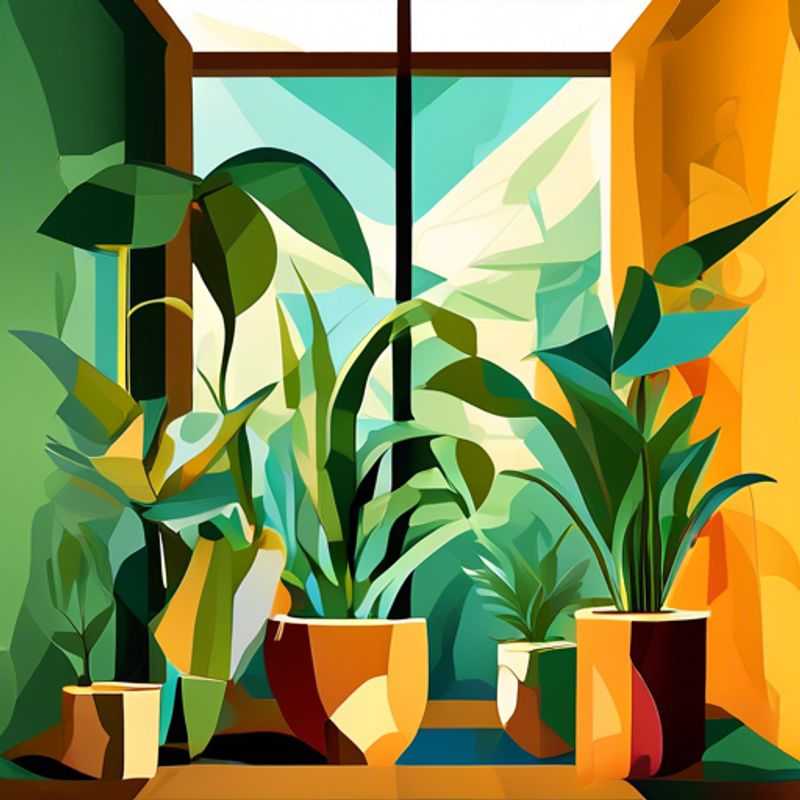
Understanding Plant Needs: Researching Specific Care Requirements
Researching the specific care requirements for each plant species is crucial for their successful cultivation. Different plants have unique needs, and understanding these needs will help you provide the optimal conditions for healthy growth.
To begin your research, consider the following factors:
Light: Plants require different amounts of sunlight. Some thrive in full sun, while others prefer shade. Research the specific light requirements of your plant species.
Water: Water is essential for plant survival. Some plants need frequent watering, while others prefer drier conditions. Understanding your plant's water needs is critical for preventing overwatering or underwatering.
Soil: The type of soil influences a plant's ability to absorb nutrients and moisture. Research the ideal soil composition for your chosen species. Consider factors such as drainage, pH, and nutrient content.
Temperature: Plants have temperature preferences. Some tolerate cold temperatures, while others thrive in warm environments. Understanding the optimal temperature range for your plant is crucial for its well-being.
Humidity: Humidity levels can significantly impact plant health. Research the humidity requirements of your plant species and adjust accordingly.
Fertilizer: Plants require nutrients to grow. Research the specific fertilizer requirements for your chosen species. Use appropriate fertilizers in the correct amounts to promote healthy growth.
Pruning: Pruning can be beneficial for promoting growth, removing dead or diseased branches, and maintaining a desired shape. Learn the correct pruning techniques for your plant species.
Pest and Disease Control: Plants can be susceptible to pests and diseases. Research potential problems and learn how to prevent or treat them effectively.
By researching the specific care requirements for each plant species, you can provide the necessary conditions for their optimal growth and longevity. Remember to consult reliable sources, such as gardening books, websites, and plant experts, to obtain accurate information.
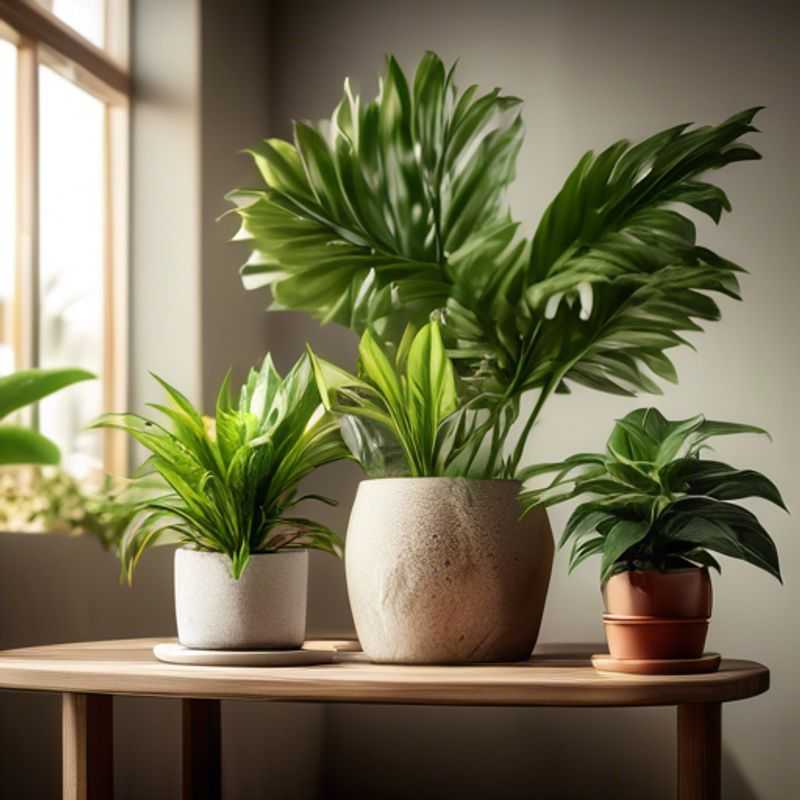
Decoding Plant Needs: Sunlight & Water Requirements
Understanding a plant's needs for sunlight and water is crucial for its health and vitality. Sunlight is essential for photosynthesis, the process by which plants convert light energy into food. Different plants have varying sunlight requirements, ranging from full sun to partial shade. Pay attention to the plant's natural habitat and its leaf structure, which can provide clues about its light preferences. For example, plants with broad, flat leaves tend to thrive in shaded areas, while those with small, thick leaves are often sun-loving.
Water is equally vital for plant growth, transporting nutrients and maintaining turgor pressure. The amount of water a plant needs depends on factors such as the plant's size, its root system, and the climate. Overwatering can suffocate roots and lead to fungal diseases, while underwatering can cause wilting and stress. Observing the soil moisture and the plant's overall appearance can help you determine its water needs. A finger test is a simple way to assess soil moisture: if the top inch of soil feels dry, it's time to water. Additionally, you can look for signs of wilting or drooping leaves, which can indicate dehydration.
Remember, providing the right amount of sunlight and water can make a significant difference in the health and longevity of your plants. Pay attention to the specific needs of each plant and adjust your care practices accordingly.
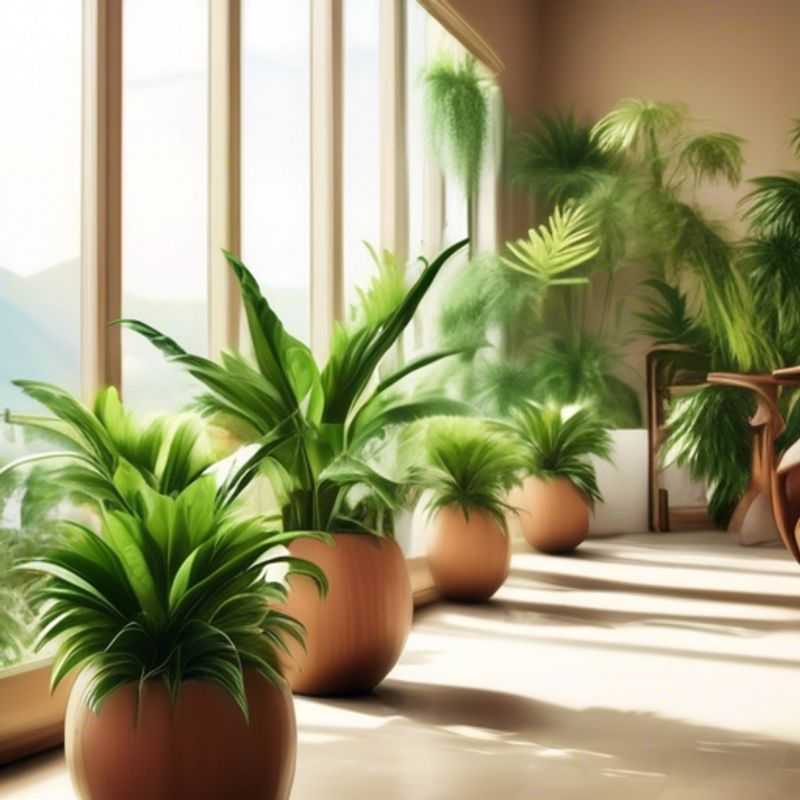
Choosing the Right Plant: Size Matters, Both for Plant and Home
When considering a new plant for your home, it's crucial to match the plant's size with the available space. This ensures both the plant's and your home's well-being.
A large plant in a small space can become overcrowded, leading to insufficient light and potential damage. Conversely, a small plant in a large space may be overwhelmed by its surroundings and struggle to thrive. Consider the plant's mature size, its growth rate, and the available space, both in terms of floor area and ceiling height.
It's also important to think about the plant's specific needs. Some plants require ample sunlight, while others prefer shade. Choosing a plant suitable for the light conditions in your home is essential for its survival.
Remember, a well-matched plant not only adds beauty to your home but also contributes to a healthier environment. It's a beautiful and practical investment for your living space.
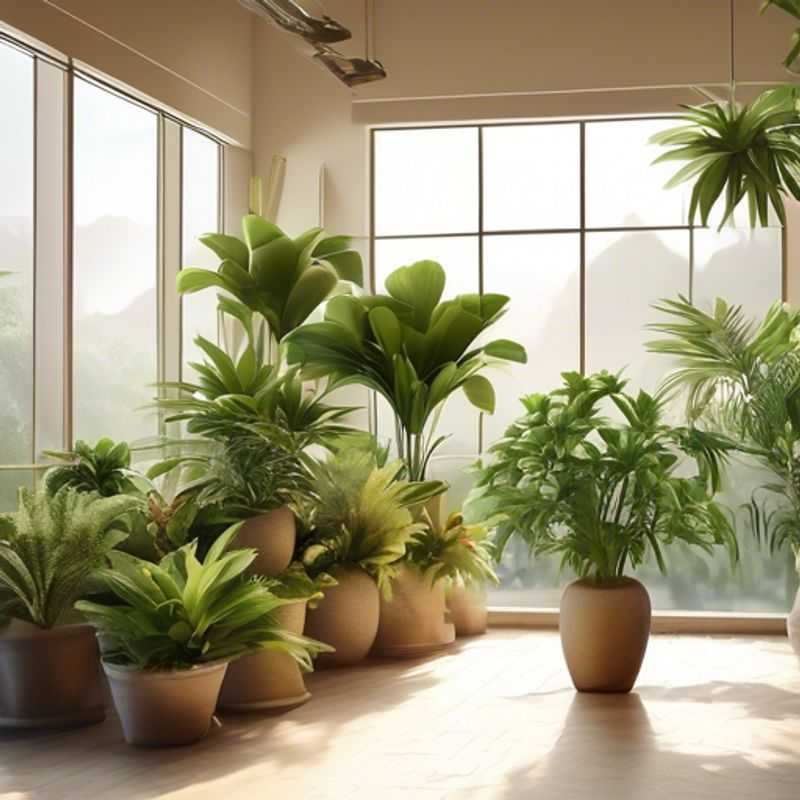
Low-Maintenance Gardening: Choosing Easy-Care Plants for Your Green Thumb
Bringing greenery into your home can be a delightful experience, adding life, color, and a touch of nature. But before you rush to the nearest plant shop, consider the commitment involved. Not all plants are created equal in terms of their care requirements. Choosing the right plant, one that thrives with minimal fuss, is key to long-term success and joy.
When it comes to low-maintenance plants, there are a few reliable choices. Succulents, with their thick, water-storing leaves, are known for their resilience to neglect. They often prefer bright indirect light and require watering only when the soil is completely dry. Snake plants, with their upright, sword-like leaves, are incredibly hardy and tolerate a range of conditions, including low light. They only need watering every few weeks.
Another excellent choice is the ZZ plant, known for its tolerance to drought and low light. It requires minimal care and can even survive periods of neglect. If you're looking for something a bit more dramatic, cast iron plants are known for their tough nature and ability to withstand various environmental conditions. They even tolerate some neglect, making them ideal for busy individuals.
Before bringing home any plant, do your research. A quick internet search can provide specific care instructions for your chosen species. Remember to consider your lifestyle and your home's environment, including the amount of sunlight, humidity, and temperature. With a little due diligence, you can find a plant that not only looks good but thrives in your space, bringing you years of enjoyment.
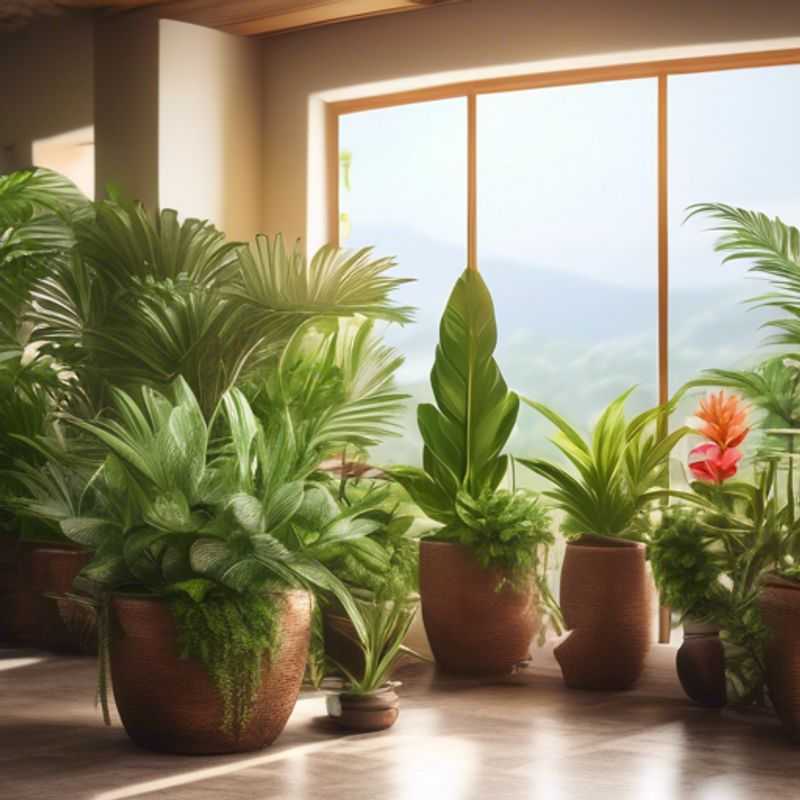
Checking Soil Drainage and Drainage Holes: Essential Steps for Healthy Plants
Proper soil drainage is crucial for plant health. Excessive water can suffocate roots, leading to root rot and plant death.
To check soil drainage, you can perform a simple test: Fill a pot with soil and pour water onto it. Observe how quickly the water drains. If the water pools at the bottom and drains slowly, it indicates poor drainage.
Ensure the pot has adequate drainage holes: Holes allow excess water to escape, preventing waterlogging. If the pot lacks drainage holes, you can drill some yourself. Remember to use a drill bit slightly smaller than the desired hole size.
While checking soil drainage, consider using a well-draining potting mix. This will help facilitate water flow and prevent water buildup. You can find readily available potting mixes specifically designed for drainage.
Regularly monitoring soil drainage is essential. Over time, soil compaction can occur, hindering drainage. Repotting your plant into fresh soil every few years can help improve drainage.
In addition to drainage, ensure proper watering practices. Water your plants only when the top inch of soil feels dry. Avoid overwatering, as it can lead to root problems.
Proper drainage and watering practices are essential for plant health. By following these tips, you can create an optimal environment for your plants to thrive.
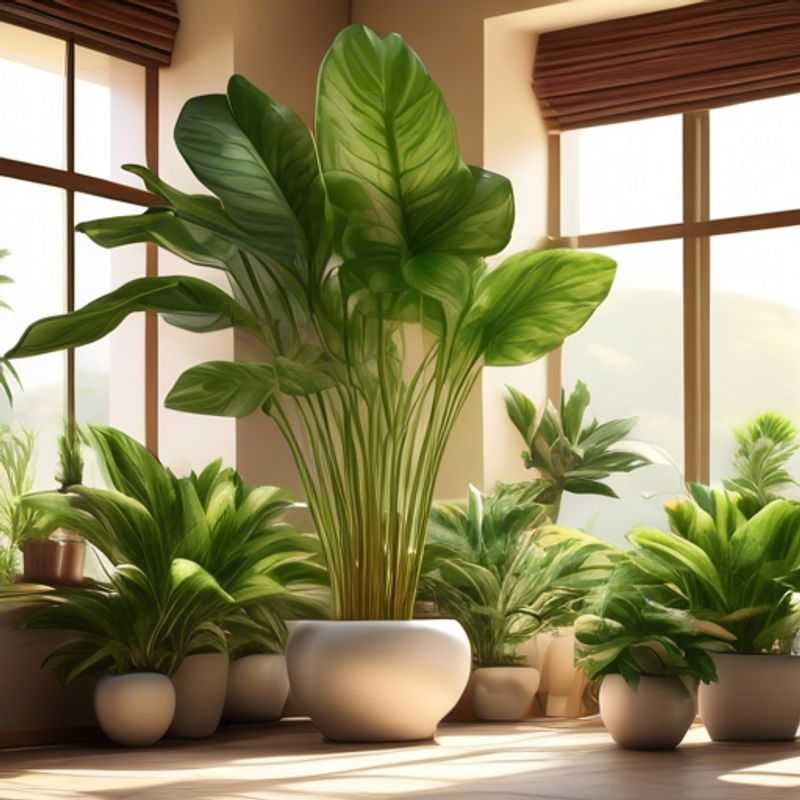
Nurturing Your Green Companion: Regular Watering and Pruning
Regular watering and pruning are essential for maintaining a healthy and vibrant plant. Watering frequency depends on the plant's species, climate, and pot size. It's crucial to check the soil moisture before watering, ensuring it's slightly dry before replenishing. Overwatering can lead to root rot, while underwatering can result in wilting and stunted growth.
Pruning involves removing dead, diseased, or overgrown branches or leaves. It helps to improve air circulation, encourage new growth, and maintain the desired shape of the plant. Pruning tools should be sharp and sterilized to prevent the spread of diseases. Timing and techniques for pruning vary depending on the plant species.
Maintaining a consistent watering and pruning schedule is key to ensuring the health and longevity of your plant. These tasks may require some initial investment in tools like watering cans and pruning shears. Additionally, researching the specific needs of your plant species will ensure optimal care and enjoyment for years to come.
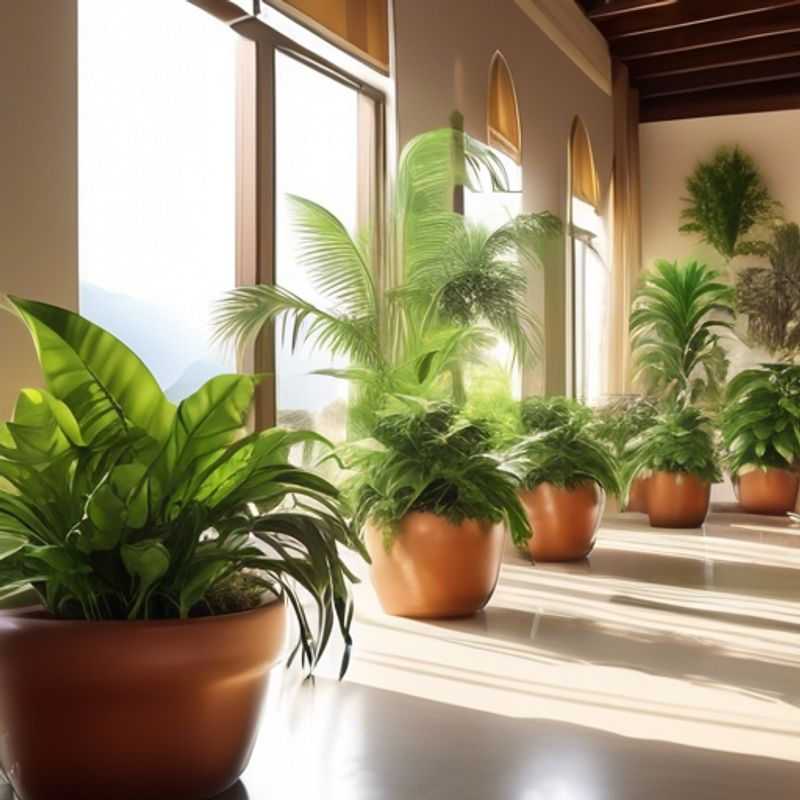
Unlocking Your Plant's Potential: Finding the Perfect Temperature and Humidity
Every plant has a sweet spot when it comes to temperature and humidity. Finding that sweet spot can mean the difference between a thriving plant and a struggling one. Researching your specific plant is key. Look for information on its native habitat, as this gives clues about its ideal growing conditions. Some plants, like cacti, thrive in dry, hot conditions, while others, like orchids, prefer moist, warm environments. The best way to find the ideal temperature range for your plant is to consult a plant care guide or online resources. Don't be afraid to experiment, too. If you're unsure, start with the recommended range and adjust as needed based on how your plant is doing.
Humidity can be a little trickier, but luckily, there are ways to adjust it for your plant. Plants like ferns and orchids, which come from tropical climates, prefer high humidity. You can increase humidity by grouping plants together, using a humidifier, or placing a pebble tray filled with water beneath the pot. Just make sure the pot isn't sitting directly in the water, as this can lead to root rot. If you have a plant that requires low humidity, you may want to consider a location that is naturally drier, like a sunny windowsill. Keep in mind that humidity can vary depending on your location and the time of year.
Remember, finding the perfect temperature and humidity for your plant is a process of observation and experimentation. Pay attention to your plant's cues: Is it wilting? Are the leaves yellowing or browning? Are there any new growth patterns? These are all indicators of whether your plant is happy or not. Enjoy the journey of learning what your plant needs to thrive.
